Quick links to other Cyprus pages and/or sections Here
As mentioned in the introduction, for the visit to Cyprus featured here, the resort city of Limassol was chosen as a base for the stay. Thus, the final days were spent exploring some of the main sights in the city itself. Limassol is the second-largest city in the Republic of Cyprus, located on the southern coast along Akrotiri Bay. Blending modernity and tradition, visitors are drawn to its vibrant mix of beaches, its bustling marina and nightlife, historical landmarks like Limassol Castle, and experiences which include lively festivals. A hub of commerce and culture, many visitors are also drawn to its long scenic seafront promenade.

As a sidenote, whilst many luxury hotels are situated several miles from the city centre, it was found more convenient to stay just about 1 mile from the old town just off the promenade. Although this trip didn’t involve exploring the nightlife, there was one thing that couldn’t go unnoticed, that being the city’s problem with “boy racers”, often using coastal roads and dual carriageways as racetracks after dark. Their loud exhausts and reckless driving have become a persistent nighttime nuisance, disturbing residents' sleep. Despite some efforts like installing speed cameras, enforcement remains inconsistent, leaving many locals feeling helpless.

Back to the sights of Limassol: A self-guided walking was planned by reference to a city map in the DK Eyewitness Travel Guide to Cyprus and a free city map picked up at the hotel. Sights are ordered according to the walks taken and do not necessarily reflect their importance if one were to compile a “must see” list. The main sites seen in Limassol follow:
Archaeological Museum
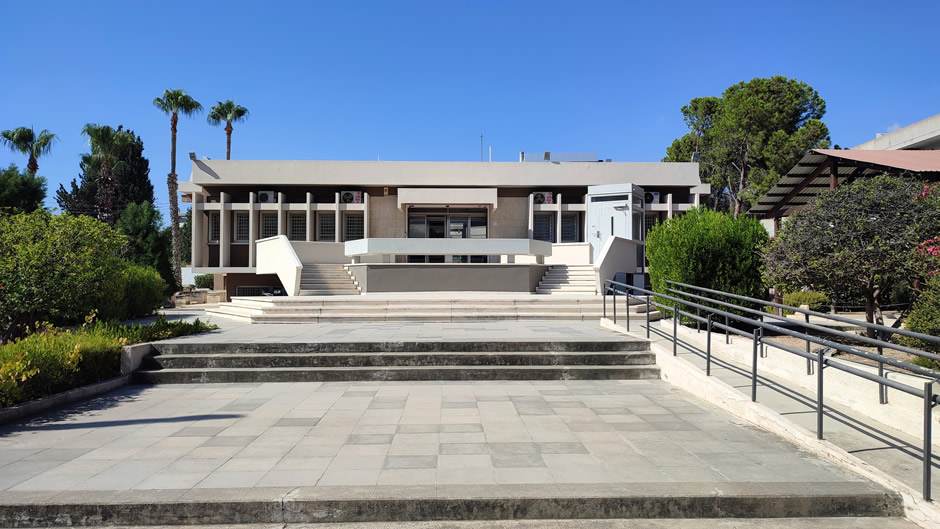
The Limassol District Archaeological Museum (above) showcases artifacts from Cyprus’s prehistoric, Greek, Roman, and Byzantine eras, offering a deep dive into the island’s ancient heritage. Founded in 1948 and located near the Municipal Gardens, it features pottery, coins, sculptures, and tools unearthed from local excavations.

Rialto Theatre:

The Rialto Theatre in Limassol (above) is a leading cultural venue hosting international and local performances in music, dance, cinema, and theatre. Originally built in 1930 as Cyprus’s first modern cinema, it was revitalized in 1999 and now serves as a hub for festivals like Cyprus Film Days and the Choreography Platform.

Above: Whilst exploring Limassol, handicraft centres can be found within the city itself (as well as in nearby traditional villages such as Ypsonas and Agios Athanasios). These centres often operate under the Cyprus Handicraft Service (a government body dedicated to preserving and promoting traditional Cypriot crafts) or as independent workshops. These outlets offer visitors a chance to observe artisans at work and purchase handmade items such as pottery, weaving, embroidery, and woodwork, reflecting centuries-old techniques and cultural heritage.

Limassol Town Hall:

Limassol Town Hall (above) is a neoclassical building located in the heart of the city, distinguished by its symmetrical façade and columned entrance. It serves as the administrative headquarters of the Limassol Municipality, hosting civic offices and official ceremonies.
City Markets
Limassol offers a vibrant mix of markets that reflect its rich cultural heritage and lively urban spirit. The Limassol Municipal Market (Pantopoulio), located near Saripolou Square, is a historic stone building dating back to 1917, where visitors can explore fresh produce, local delicacies, and traditional crafts.

Above: The image shows a street in Limassol, Cyprus, near the Saripolou Square area. The sign visible on the left side of the image says "AGORA," which is a reference to the Limassol Municipal Market (also known as the "Pantopoulio"). This market is located in the heart of the historical centre of Limassol.
Ayia Napa Cathedral in Limassol (below) was built at the end of the 19th century on the ruins of a smaller Byzantine church and is known for its striking Byzantine-style architecture and religious art.


Located on Ayiou Andreou Street near the seafront, the cathedral is dedicated to the Virgin Mary and named after an icon believed to have been found in a glen – ‘napa’ meaning forest in Latin. Inside, visitors can admire ornate frescoes, religious icons, and elegant stonework that reflect traditional Greek Orthodox design. The cathedral remains an active place of worship and a cultural landmark, offering a serene atmosphere for reflection and exploration.

Grand Mosque of Limassol
The Grand Mosque (Kebir Mosque) is located in Limassol’s old Turkish quarter, near the intersection of Genethliou Mitella, Zig-Zag, and Jami streets.

Built in the 16th century on the foundations of earlier Christian and Latin religious structures, it is the city's most prominent Ottoman-era mosque and remains an active place of worship for the Muslim community. The interior features six sections divided by columns and arches, and the site includes an adjacent ancient graveyard with notable burials. Recent excavations nearby revealed remnants of the 10th-century cathedral of Agia Ekaterini.
Carob Museum
The Carob Museum in Limassol is housed in the restored Old Carob Mill, built in 1900, and showcases Cyprus’s once-thriving carob trade. Carobs are the edible pods of the Ceratonia siliqua tree, native to the Mediterranean region, and are naturally sweet with a mild, nutty flavour. They’re commonly ground into powder or chips as a caffeine-free alternative to chocolate, and their seeds are used to produce locust bean gum, a thickening agent in food and cosmetics.

In the museum, visitors can explore original machinery used to process carob pods – nicknamed “black gold” – which were exported for use in sweets, medicines, and also photographic film. The museum details the full production cycle, from sorting and grinding to packaging, and includes historical tools like scales and sewing needles. Adjacent to the museum is the Evagoras Lanitis Centre, which hosts cultural exhibitions and events.

Located in the heart of the city’s old town near the old harbour, Limassol Castle is a medieval fortress steeped in centuries of history and transformation.

Originally built over the ruins of an Early Christian basilica and a Middle Byzantine monument, the castle’s foundations date back to the 4th century, though its current form was shaped during the Ottoman period around 1590. It gained historical prominence in 1191 when Richard the Lionheart married Berengaria of Navarre here, crowning her Queen of England. That year, Richard the Lionheart stopped in Cyprus during the Third Crusade after a storm scattered his fleet. His fiancée Berengaria and sister Joan were captured by the island’s ruler, Isaac Komnenos. Richard invaded, defeated Isaac, and married Berengaria in Limassol, crowning her Queen of England in the only known royal wedding held outside England.

Over the centuries, the castle served as a Byzantine fort, Crusader stronghold, Ottoman garrison, and British prison. Today, it houses the Cyprus Medieval Museum, showcasing weapons, armour, religious relics, and everyday artifacts from the Middle Ages. Its thick stone walls and vaulted chambers offer visitors a vivid glimpse into Cyprus’s layered past. More photos of Limassol Castle, including some views of Limassol from atop its fortifications are shown in the thumbnail gallery below (click on an image to enlarge):
The Old Port of Limassol
Once the heart of Limassol’s maritime trade, the Old Port has been reborn as a vibrant waterfront destination blending history with modern charm.

Built in the 1950s under British rule, Limassol’s Old Harbour originally served as a commercial and passenger port, supplementing the Famagusta Port. Ships anchored offshore while cargo and passengers were ferried to land by barge – a testament to its modest infrastructure. With the opening of the New Port in 1973, the Old Port’s role faded, and by 1979, its nautical operations ceased. It remained largely neglected for decades. However, a turning point came with an architectural competition, which led to a winning regeneration proposal by Chrysanthos E. Chrysanthou & Associates. The goal was to transform the derelict port into a vibrant urban space for leisure, culture, and recreation. The project involved intensive architectural planning and construction supervision, culminating in its public opening in 2016.


Today, the regenerated Old Port features a blend of modern design and maritime heritage, with promenades, restaurants, cafés, a scenic pier dating back to 1880, and cultural venues. A lively hub for maritime activity, its role has shifted from commercial to recreational. Fishing boats still dock here, maintaining a link to the port’s working-class heritage, whilst leisure vessels, private yachts and catamarans add a modern flair. As well as offering a picturesque and relaxing place for visitors on the waterfront, the area is also today a popular departure point for boat tours and party cruises, especially during weekends and holidays.

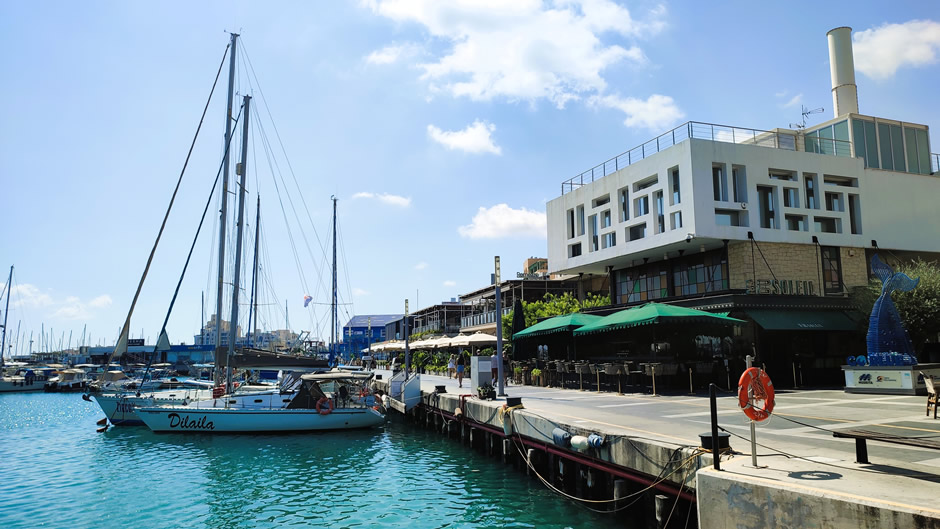

Seaside Promenade and Sculpture Park
Stretching along the southern edge of Limassol, the Seaside Promenade and Sculpture Park (shown below) form a scenic ribbon between the Old Port and the city’s eastern coastline (a long, lively stretch of beaches, promenades, beach bars, cafés, playgrounds, and resort areas). This palm-lined walkway, known locally as “Molos”, is a beloved urban escape where locals jog, stroll, and cycle beside the sea.


Interspersed along the promenade is the open-air Sculpture Park, featuring contemporary works by Cypriot and international artists. With its blend of art, sea views, fountains, and shaded gardens, the area offers a harmonious balance of culture and leisure, making it a defining feature of Limassol’s modern coastal identity.
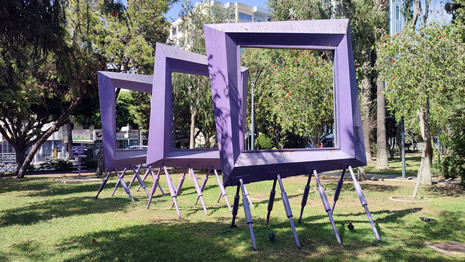 |
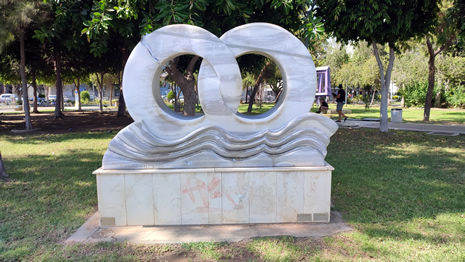 |
|
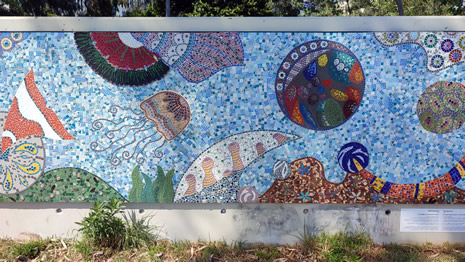 |
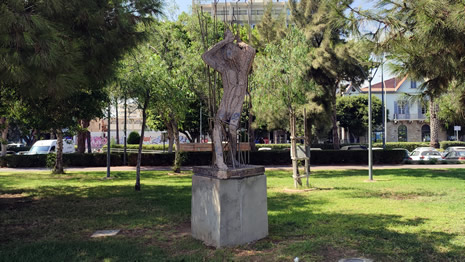 |
|
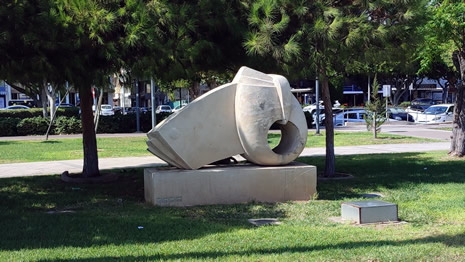 |
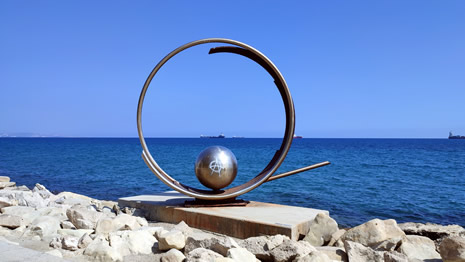 |
|
 |
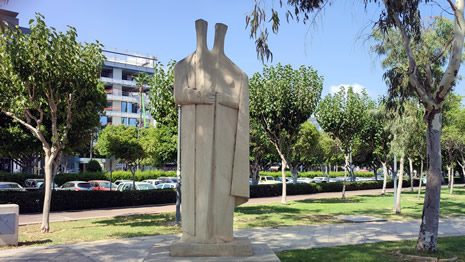 |
|
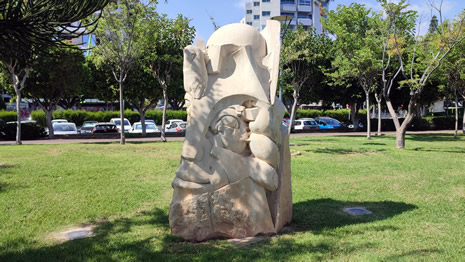 |
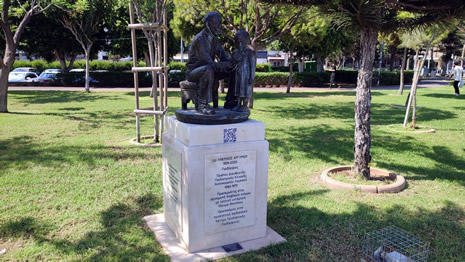 |
|
 |
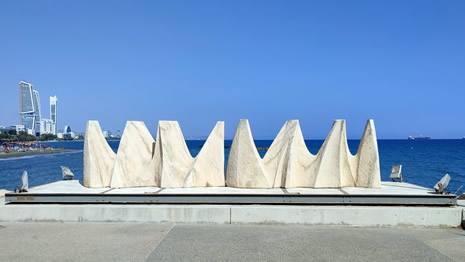 |
Limassol Municipal Art Gallery
The Limassol Municipal Art Gallery (below) houses one of Cyprus’s richest collections of modern art, with over 600 works spanning painting, sculpture, pottery, and mixed media.

Located in a historic building designed in 1938 by German-Jewish architect Ginsburg, the gallery showcases renowned Cypriot artists such as Adamantios Diamantis, Telemachos Kanthos, and Christophoros Savva. Its newer ground halls feature contemporary Cypriot creators, while the basement hosts a National Liberation tribute collection. With free entry and located near the seafront about 1 mile (1.6km) from the city centre, it offers a compelling cultural stop for visitors exploring Limassol’s artistic heritage. Also worth noting here is near here is Limassol Municipal Garden, which offers a lush green retreat with shaded paths, palm trees, and seasonal blooms. Within the garden lies the popular Limassol Zoo, a compact but well-maintained space home to birds, reptiles, and small mammals.
**
Donkeys
On a final side-note, donkeys in Cyprus are enduring symbols of resilience and tradition, deeply rooted in the island’s rural heritage. Historically, they were essential for agriculture and transport, especially in navigating the island’s rugged terrain. After the 1974 conflict, many were abandoned in the Karpass Peninsula, where feral populations still roam and now seen as emblems of survival.
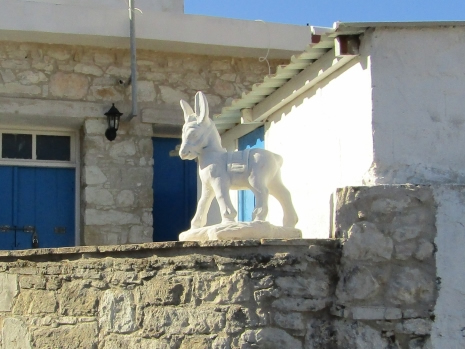 |
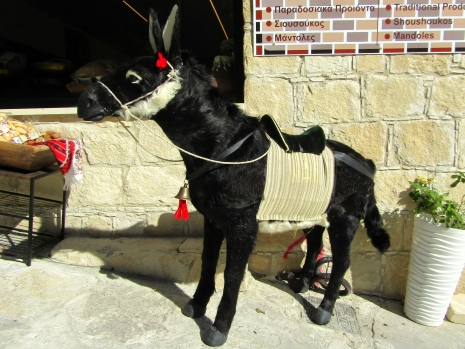 |
Today, donkeys are celebrated in festivals, eco-tourism, and artisanal products like donkey milk skincare. Their image (often playful or noble) appears in local crafts, children’s books, and souvenirs, preserving their legacy while adapting to modern cultural life.
Conclusions
In conclusion, there was plenty to see and do during this 10-night visit to the island. For the purposes of going on excursions, Limassol made for an excellent central base, as it would if hiring a car, unless touring around the island. Some of the excursions were only running on one particular day of the week, and so the 10 nights allowed a “buffer” in which to allow for a day to rest after arriving and a couple of days at the end to explore Limassol itself. Although the trip was taken in mid-September, 2025 saw a summer heatwave on the island and even during this visit, as a northern European, the heat could be a bit overwhelming at times. Of course, this does not mean every September is the same temperature-wise. All said, the hotel, and many of the indoor spaces were excellent for cooling off. Although many of the sights are geared towards disabled access, a lot of walking was done, sometimes where accessibility may have been an issue.
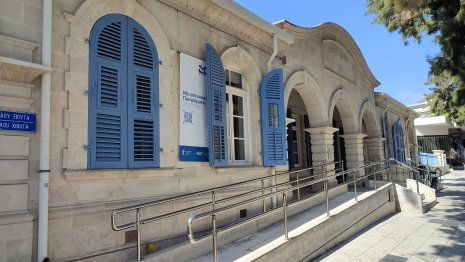 |
 |
Above: Historic colonial buildings that are today part of the Cyprus University of Technology (CUT or TEPAK) in Limassol. They were originally court buildings built by the British administration in the early part of the 20th century.
Whilst this visit did not focus on the nightlife (Ayia Napa, not featured here, is widely considered the most popular nightlife spot in Cyprus, known for its high-energy clubs, beach parties, and vibrant atmosphere… other cities/resorts do also have nightlife!) nor did this trip involve finding the best beaches. For someone interested in learning a bit of history, culture, admiring different forms of architecture from ancient to modern, and enjoying spectacular scenery and seafront walks, Cyprus did not disappoint and the whole trip from start to finish was a thoroughly enjoyable and memorable experience.
[Photos: September 2025 Text: September – November 2025]
Link to First Page (Page 1 of 5)
Link to Previous Page (Page 4 of 5)
Back to Top